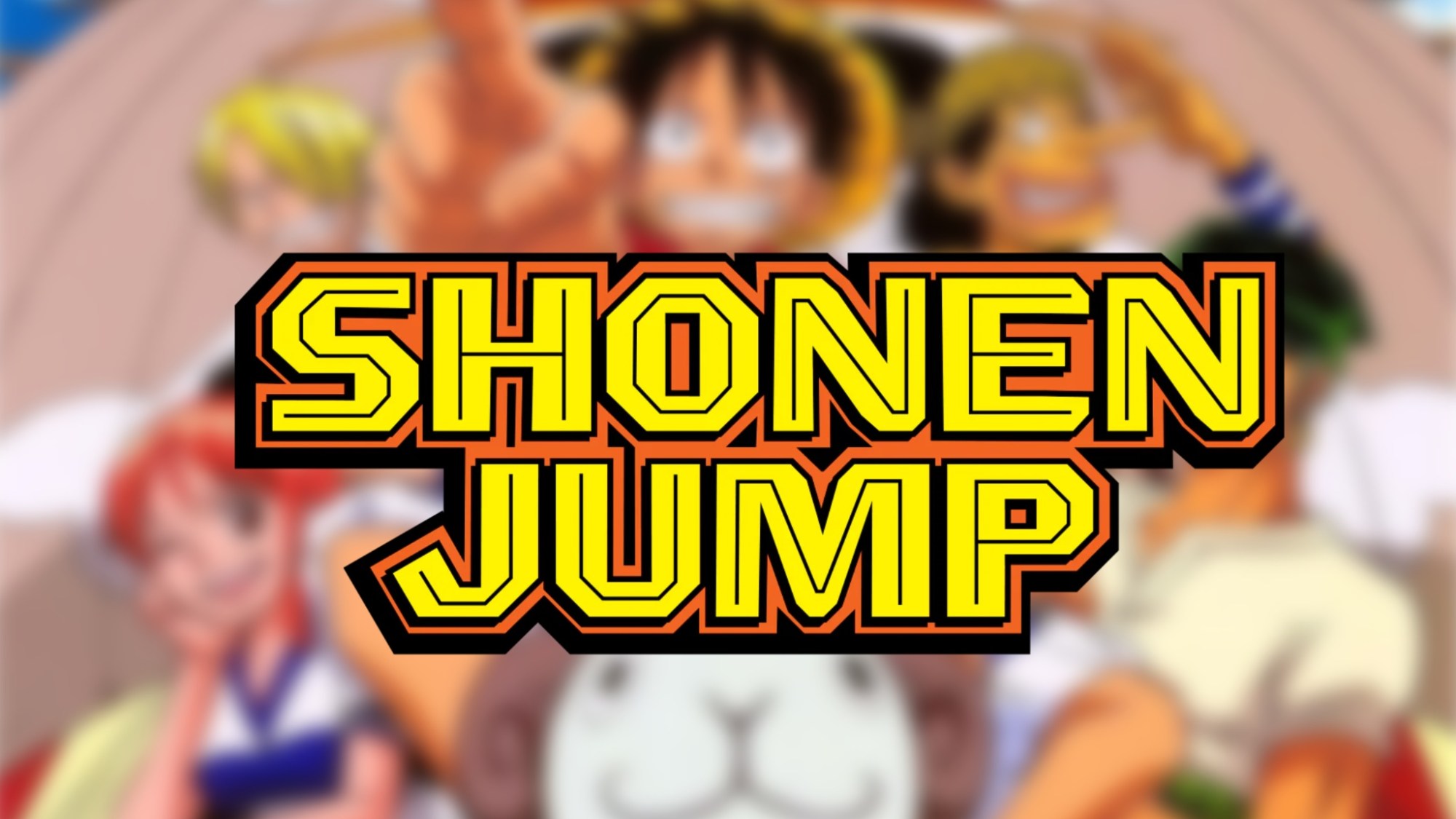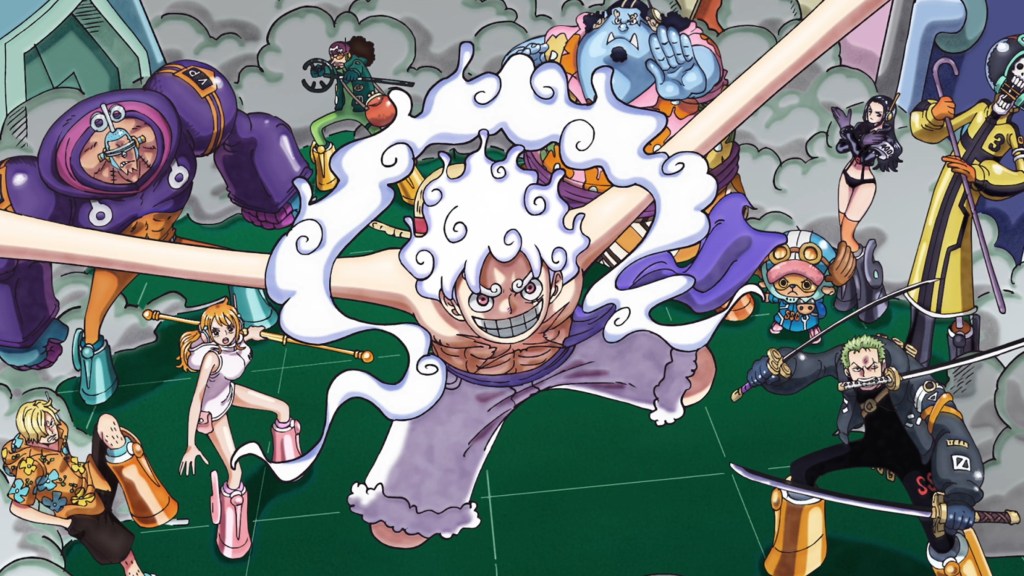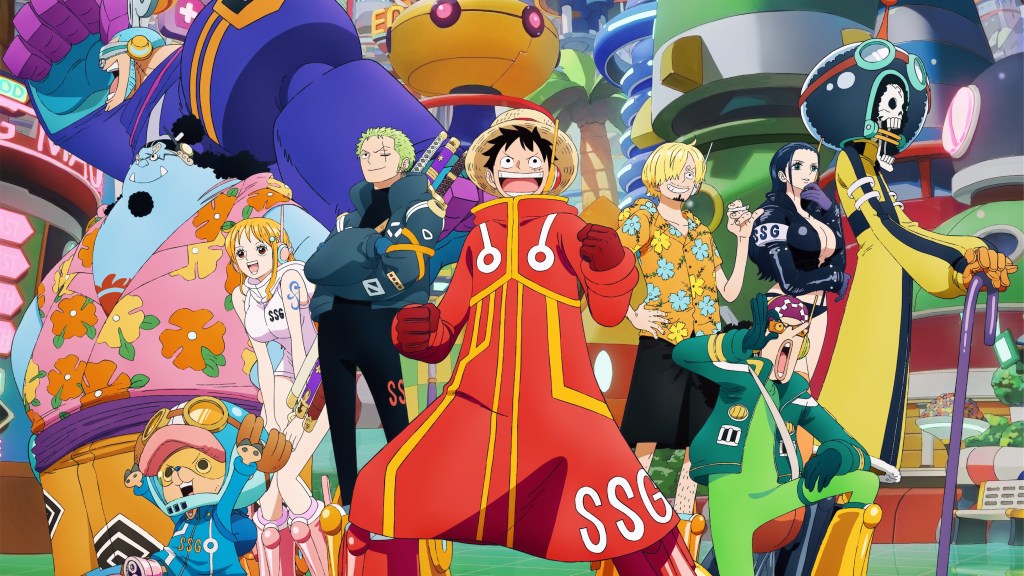
On July 22nd, 1997, Shueisha published the very first chapter of the One Piece manga in the Weekly Shonen Jump magazine. It was author Eiichiro Oda’s third attempt to start a pirate-themed shonen manga, having released two One Piece one-shots entitled Romance Dawn beforehand. Oda initially had difficulty getting his manga into magazines, as the manga industry can be cutthroat and selective. Fortunately for the author and Shonen Jump as a whole, One Piece was approved to begin serialization on Weekly Shonen Jump, and the rest, as they say, is history.
The One Piece manga has since become a media empire. The ongoing manga is the best-selling manga series in history, with over 516 million copies in circulation in 60 countries. For context, the Dragon Ball manga, which is only the fifth-highest-selling manga series in the world, has only 260 million copies in circulation. The One Piece manga has a popular anime that continues to be one of the most-watched shows in the world, with over a thousand episodes and counting, and an extremely high quality jump in recent years for its animation. The franchise has an unprecedented amount of merchandising, is firmly entrenched in Japanese culture, and has a foothold in the West. There is no other series like One Pieceand there probably will never be.
One Piece Has Something to Say Behind Its Silly Plot

Even citizens with only a passing knowledge of the franchise know that it stars a rubber boy in a straw hat who rides on a pirate ship with his crew. From its premise and art style, One Piece has always sold itself as silly. The characters’ designs are round and over-the-top, like a children’s cartoon show. The powers displayed in the series are outrageous, particularly with lead protagonist Luffy’s stretching powers, and it only gets more wacky from there. It’s no wonder that 4Kids! Entertainment believed it could market the series to young children in the United States; the original manga and anime had all the hallmarks of a kid-friendly franchise.
However, the thing that most people with a superficial understanding of the series fail to grasp is the franchise’s hidden depth and incredible worldbuilding. From the beginning, Oda has imbued the series with the theme of freedom and following your dreams, a common theme among Shonen series, yet layers it with tragedy and real-world atrocities. Underneath the crazy adventure that Luffy and the Strawhats face is the fact that people are always suffering on the islands they visit.
People’s personal freedom is constantly put under threat by either evil pirates or the corrupt World Government that handles the global hierarchy in One Piece. Normal humans are constantly suffering from starvation, lack of resources, being under threat, or losing their homes because those in a higher power refuse to do anything. Despite the manga’s nonsensical fights and unsubtle storytelling, there’s surprising grit to the narrative.
While One Piece conveys this message in the most on-the-nose and absurd waythe pathos is apparent. Oda has a peculiar stance on his themes and uses One Piece to convey his perspective on real-world events and circumstances. Even the protagonists have suffered great tragedy, and are usually shunned by society because of circumstances beyond their control. Yet the point of the series is never to surrender and always fight for your freedom, a message that feels more relevant in our modern world.
Luffy represents the freest of us all, but he rarely actively helps or saves people out of the goodness of his heart. Although Luffy is goofy and has no malicious intent, he refuses to be considered a hero and only helps if a friend is in trouble or if he gets food. The purpose of Luffy is to represent the inherent idea of freedom and how every living thing deserves it. Oda may be guilty of using the stereotypical “power of friendship,” but he layers it with a deeply personal message about freedom, corruption, and global suffering in One Piece.
One Piece’s Action Is Inventive and Rarely the Same

Nonetheless, One Piece is an action shonen series, and its primary intent is to entertain young people, typically preteens or younger, with well-thought-out fight set pieces. Oda has never hidden the fact that the series is aimed towards young boys, which gives the series a refreshing, unpretentious tone. One Piece does get dark, yet it never gets too dark, never focusing too long on the grim reality of the world. Unlike Narutowhich ended up being weighed down by its own self-seriousness and messaging, One Piece is more concerned with keeping things light and fresh.
The deeper themes in One Piece are thus more retrospective; the series is more focused on the adventure. Oda is the best in the industry when constructing an adventure, coming up with so much history and backstory for every island the Strawhats land on. Each new place has its own citizens with their own motivations, economy, and social hierarchy, which makes the world feel real and lived-in.
Oda’s fun philosophy extends to how he writes fight scenes, giving each villain and hero their own unique powers and gimmicks. Although not every power works as well on the page, it adds plenty of personality to the series. Oda would often present workarounds for how the characters defeat their opponents because every fighter is so atypical; rarely are any two brawls the same. It’s a testament to the franchise’s longevity that Oda has constantly kept everything fresh and exciting.
For many years, One Piece was primarily a Japanese institution with a niche, yet still a relatively large fan base in the United States. Nevertheless, the franchise has continued to grow globally, partnering with American sports teams and being displayed on the Las Vegas Sphere. The live-action adaptation by Netflix has proven to be one of the most successful live-action anime series yet, with a second season on its way. The series has remained relevant for 28 years already, and given that the manga still has several years left, the franchise will prosper for many more years to come. Eiichiro Oda instills One Piece with genuine emotional moments that represent our real world while also keeping it fun. What other series can make you invest so heavily in a strawhat-wearing rubber man?